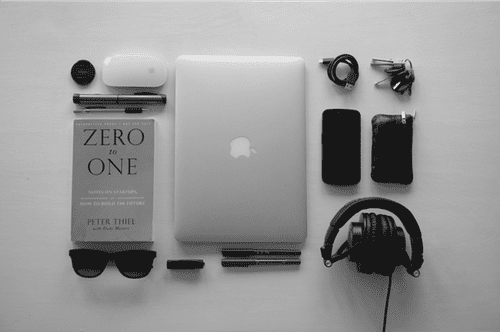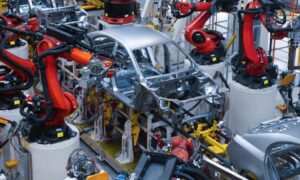One can hardly argue about the widespread use of technology to help manage and monitor our health. People from all over the world are integrating various high-tech tools into their daily lives at a noticeable rate. It seems that just a few years ago, you had to see a doctor via a formal visit to get a reasonably reliable blood pressure reading. Today, on the other hand, there are wearable watches that can accurately measure one’s heart rate, blood pressure, sleep patterns and level of activity, or even send timely warnings that may actually prove to be more practical as they are sensing conditions in your natural environment. The evolution is quite impressive and trying to predict what could come next is exciting.
Most technological advancements in the monitor-it-yourself health tool arena have a very practical purpose. Not to replace seeing your doctor, but rather to complement your visits with realistic occurrence information that may assist both you and your healthcare provider in making the best medical choices for you. For example, the aforementioned ability of certain watches to measure one’s heart rate is tied to tracking activity levels as incentive to help you get and stay active at a healthy level. They can also help to illustrate a more complete picture of how your body is functioning – in this example by monitoring your heartrate, under your normal conditions at home, work or play. The same applies to many other new health tracking systems that have been developed over the past few years. So, what are some of the more forward-thinking categories of technology that help with health maintenance?
Remote Monitoring and Alert Tools
Remote monitoring tools can measure one’s heart rate, gauge blood pressure, measure bodily temperature, and so on. Instead of being limited to traditional thermometers and bulky blood pressure machines, people are able to keep track of their vitals with more subtle and convenient apparatus. Light weight and simplicity has been the goal in introducing many of these personal devices to enable persistent monitoring of important vital signs. These type of vital sign readings may vary significantly – higher or lower – due to environmental and other factors that may or may not be present during a doctor’s visit. Yes, there are some people who experience anxiety (or uncharacteristic calm) during their visit to the doctor’s office that may affect their readings. Again, having this data associated with outside of the doctor’s office readings, available to your health care provider, can be quite helpful. Outside of tracking, there are also tools to alert users of danger. For example, some monitoring tools warn of heart rates dangerously above or below normal range.
Telehealth
As a computational scientist with experience in systems design and technology management, Dr. Stacey Franklin Jones, says telehealth is an important area of improvement in rendering medical services. For those unfamiliar, this approach lets patients connect with their healthcare provider using a computer or smartphone via virtual meetings without actually having to visit the doctor’s office. Obviously, there are challenges with this approach – for instance when it involves a new or unknown patient. But, for those who live in remote areas and/or are in non-life threatening situations, there can be a number of benefits to this approach as part of a routine health status gathering regimen.
The obvious is that the patients do not have to travel long or otherwise challenging distances to their doctor’s office. Telehealth may be a viable alternative for interim checks and non-critical correspondence between a doctor and a patient with mobility issues. Additionally, attending virtual check-ins is generally less time consuming than a face-to-face meeting, resulting in time savings for both the health care provider and the patient. Physicians may not charge the same rates to patients who see them on Skype vs those who come and sit in their office. So, from a financial perspective its generally less expensive. In the case of an emergency when the nearest full service (or even paramedic) medical care is not close, it can be used to assist or monitor a patient until those properly trained arrive. Where appropriate, access to a doctor remotely is certainly a development worth noting.
Medical Emergency Technology
Dr. Stacey Franklin Jones also reminds readers to look into emergency medical devices that have helped save lives. One of the most popular example from this category would be Life Alert that is a small device people carry on or otherwise attach to their person. It works by connecting the person who might be experience a life-threatening event with a local provider of medical services. So, if someone has a heart attack and clicks on their life alert tool before passing out, an ambulance will be headed their way in just a short time. Devices such as these may be useful in an emergency and provide the user (and their loved ones) with much-needed peace of mind.
Better Maintenance Through Improved Awareness
Finally, there are positive residual effects of using patient controlled or guided health focused technology. Perhaps the most important would be that using technology such as monitoring and maintenance tools raises awareness of your existing and potential health condition. This applies to those who aspire to achieve their healthiest state of being, to those who are checking periodically to minimize the chance of being in a dangerous state of health – or both. Implementations of health monitoring and remote connection to a healthcare provider has a much wider range than discussed here. But, for those that don’t usually focus their attention here, it’s a start.
Content in this article is credited to Dr. Stacey Franklin Jones as part of a computing and technology for all initiative.



































